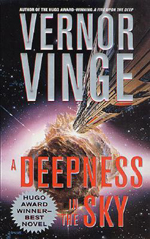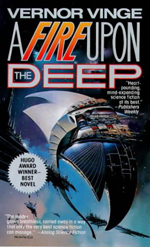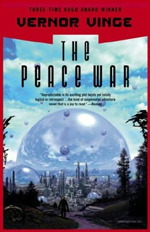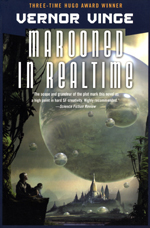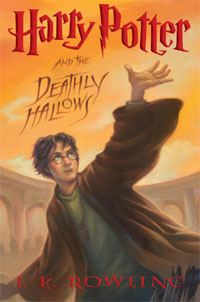I’m a bit bummed at the moment.
I recently discovered the BBC series Hustle. The show is about a group of professional con-men and every episode features a con in the style The Sting. As soon as I heard the concept, I knew this was a show I had to check out. And as soon as I saw the first episode I was completely hooked.
The show truly delivers on its promise: Every episode is a tightly-scripted and carefully-constructed piece that delivers the special magic of the long con. It really does feel as if you’re watching an episodic version of Ocean’s Eleven.
Adrian Lester, who plays the role of the mastermind and leader for the group, exudes the confidence, slickness, and sex appeal of a Brad Pitt or a Robert Redford. Robert Vaughn, who plays the wizened master, has the quiet mastery of a Paul Newman or George Clooney. The cons themselves are clever, elaborate, and masterfully executed. The entire show reeks of glamour and cleverness and sophistication.
But what really makes the show click is that the writers and directors clearly understand that, when you’re making a movie (or television series) about a long con, the first thing you must do is con the audience. The creators of Hustle are constantly trying to keep one step ahead of you, and it’s a real joy to try to keep one step ahead of them.
So why am I bummed?
I’ve just hit the fourth season of the series, and it all seems to be falling apart. Adrian Lester, for whatever reason, left the show. This has left the show without it’s strong center — it’s become Ocean’s Eleven without Danny Ocean. At the same time, the writing seems to have become sloppy, bloated, and ham-fisted. The cleverness and slickness is gone. Some of this may be intentional since, without Adrian Lester’s character, the team itself lacks that cleverness and slickness. But the result is simply not as satisfying.
And perhaps the creative team has simply used up its ideas. There are only so many ways in which the basic components of a con can be spun, after all, before you’re really just spinning your wheels. I was certainly seeing some weaknesses appearing even towards the end of the third season.
For example, one of the clever storytelling conceits the show employed in its very first episode was the freeze-frame: While the con is running, the action will suddenly enter a freeze frame — except for the grifters themselves, who will take the opportunity to turn to the camera and begin explaining the nature of the con. This was slick and clever and very well done. It has led to a general friendliness with the fourth wall in the series, in which the audience is drawn into the grifters’ inner circle through knowing looks, glances, double-takes, and the like.
But as the series has gone on, this use of the fourth wall has begun to be, in my opinion, abused. This unfortunate trend culminates late in the third season when the entire cast suddenly breaks into a full-fledged Bollywood musical number. They were, at the time, executing a con in which they attempted to convince a mark to invest in a Bollywood film (so there was some semblance of a connection). But, whatever the excuse may have been, the reality is that not only the con, but the characters and the dramatic reality of the sequence were all put on hold for a self-indulgent and utterly unnecessary extravagance.
So, in any case, I’m bummed because I have a strong feeling that this show has jumped the shark on me.
If it has, though, I’m going to keep my eye on the silver lining: I got eighteen really exceptional episodes of television in the show’s first three seasons (of six episodes each). And if that’s all I get, that’s more than most series can ever boast of.

